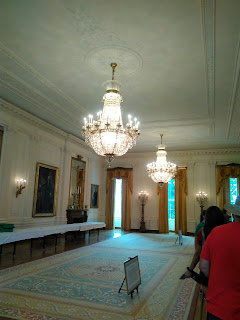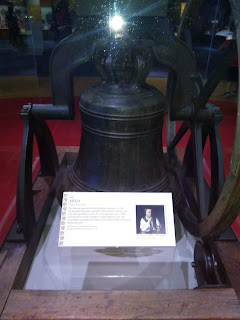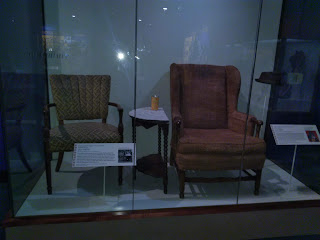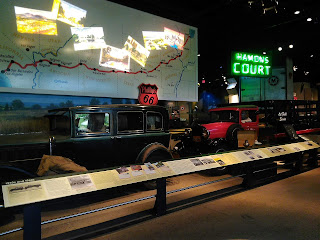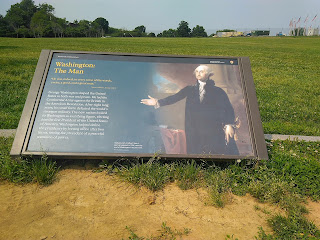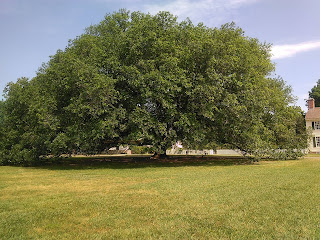Archive
- December 2009
- January 2010
- February 2010
- March 2010
- April 2010
- May 2010
- June 2010
- July 2010
- August 2010
- September 2010
- October 2010
- November 2010
- December 2010
- January 2011
- February 2011
- March 2011
- April 2011
- May 2011
- June 2011
- July 2011
- August 2011
- September 2011
- October 2011
- November 2011
- December 2011
- January 2012
- March 2012
- April 2012
- May 2012
- June 2012
- July 2012
- August 2012
- September 2012
- October 2012
- December 2012
- February 2013
- April 2018
- May 2018
- June 2018
- July 2018
- August 2018
- October 2018
- November 2018
- December 2018
- January 2019
- February 2019
- March 2019
- April 2019
- June 2019
- August 2019
- October 2019
- November 2019
- December 2019
- May 2020
- August 2020
- September 2020
- October 2020
- November 2020
- December 2020
- January 2021
- February 2021
- March 2021
- April 2021
- May 2021
- June 2021
- August 2021
- October 2021
- November 2021
- March 2022
- April 2022
- May 2022
- June 2022
- August 2022
- September 2022
- October 2022
- January 2023
- February 2023
- March 2023
- April 2023
- July 2023
- August 2023
- September 2023
- October 2023
- November 2023
- December 2023
- February 2024
- March 2024
- April 2024
- May 2024
- June 2024
- July 2024
- August 2024
- September 2024
- October 2024
- November 2024
- December 2024
- May 2025
Teacher Carl travels to Washington D.C. (White House)
After going through layers of security by Secret Service, including checking a metal detector, x-ray machine, a machine that smells for explosives, and chemical and biological weapons, and a handheld wand that scans for electronic devices, we were finally allowed to enter the White House. President Trump was not home. He was in France for D-Day ceremonies.
Protesters
Teacher Carl travels to Washington D.C. (White House Visitor Center)
You have to plan four months ahead to have a chance at visiting the White House. You must provide lots of information and some documentation for them to do a background and security check before you are approved and scheduled. Our tour time was on Wednesday, June 5th, at 11:30 a.m. We stopped in at the White House Visitor Center to look around there first. They have a really nice film to watch about the White House.
Teacher Carl travels to Washington D.C. (American History Museum)
First, a quick picnic lunch of crackers and cheese on the National Mall.
And next, the Smithsonian National Museum of American History.
I think this was our favorite exhibit.
Early fire engine.
Looking out one of the windows while at the museum.
Teacher Carl travels to Washington D.C. (Walking around D.C.)
We took a Lyft to the Ford Theater, where President Lincoln was shot. The line was too long for it and the house he died in, so we walked toward the Natural History Museum.
Long line.
F.B.I. building
Department of Justice building
National Archives building
We will go to the National Archives building another day to see our nation's founding documents.
Finally, the Natural History Museum.
And across the National Mall is the Smithsonian Castle.
Teacher Carl travels to Washington D.C. (Jamestown Settlement)
On Saturday, we took advantage of very nice weather, and drove back south of Washington D.C. to Jamestown Settlement. We had already been to the original Historic Jamestowne site, but didn't have time that day to see the recreation of Jamestown Settlement.
Destiny with a skunk (fur).
This is a representation of the types of homes that the local native Indians would have had around the time of the founding of Jamestown in 1608.
She is grinding corn into cornmeal to make cornbread.
I think there is an Indian behind you.
Notice the ventilation opening to allow for air flow.
Three ships came from England to establish a settlement in Virginia. This was the biggest, the Susan Constant.
Picture taken from the deck of the Susan Constant of the second and smaller ship, the Godspeed.
And finally, the third and smallest ship, the Discovery.
Inside the fort at the Jamestown Settlement.
It wasn't easy for the first settlers. They had to bring everything they needed in the ships across the Atlantic Ocean. When they arrived, they had no buildings for shelter, and had no idea what to expect, or what the weather was like throughout the year.
They encountered native Indians. The two groups of people had completely different cultures and languages, which sometimes caused tension, and even fighting.
The first winter was the worst, as the settlers supplies ran low, and the temperatures became more severe than they were prepared for. Many settlers died.
Teach Carl travels to Washington D.C. (National Mall and National Zoo)
On our second full day in Washington D.C., we drove to the National Zoo, paid $25 for parking, and took the Metro to Union Station. Then we took the Circulator around the National Mall to see all the monuments and memorials.
It was a very long escalator ride to catch the Metro.
Washington Monument (closed)
View from the Jefferson Memorial.
Inside the Jefferson Memorial.
World War II Memorial - Atlantic
View across to the World War II Memorial - Pacific
View as passing by the United States Capitol building.
Pandas at the National Zoo.
After we saw the National Mall, we went back to the National Zoo to see the Pandas and other animals, as well as see a show about dinosaurs. Then we drove back to the bed and breakfast.
Teacher Carl travels to Washington D.C. (Smithsonian National Air and Space Museum)
We made to Washington D.C., and on our first day, we took the Metro to Union Station, where we spent an hour trying to find where we were supposed to catch the D.C. Circulator bus to take us to the Smithsonian National Air and Space Museum.
Lunar lander model, and hanging above it, the actual 'Spirit of St. Louis' airplane, which was the first airplane that flew nonstop across the Atlantic Ocean.
Model of the Hubble Telescope.
A small model of the International Space Station.
Replica of the Wright brothers' airplane, the 'Wright Flyer'.
Spirit of St. Louis
Models of Voyager 1 and 2.
Rutan Model 76 Voyager, that flew around the world nonstop.
U.S.S. Enterprise, from the television show, 'Star Trek'.
Teacher Carl travels to Washington D.C. (Historic Jamestowne and Yorktown)
The second and third stops, after visiting Williamsburg, Virginia, were Historic Jamestowne, Virginia, and Yorktown, Virginia. All three of the colonial towns are relatively near each other, and played very important rolls in American history.
We first saw Historic Jamestowne, where we saw the original site for the town and archaeologist still digging to uncover artifacts.
Then we took a trolley bus through Yorktown, but did not stop to see anything, because we had run out of time, and had to continue our drive to Washington D.C.
Teacher Carl travels to Washington D.C. (Williamsburg)
On day three, before we went to Washington D.C., one of the places we visited was Williamsburg, Virginia. This is a very historical old town of the United States. There were so many things to see, do, and experience. But this was only one of three stops that day.
Teacher Carl travels to Washington D.C. (Monticello)
Our first stop on the way to Washington D.C. was at Monticello, the home of Thomas Jefferson. We had passes for a guided tour to see all of the home and grounds, although they did not permit pictures inside the home except in the dome room. This home is pictured on the back of the United States nickel coin. Please go to the links to read more about Thomas Jefferson. It is very fascinating to learn about this very important man in America's history.
Teacher Carl travels to Washington D.C.
It was wonderful weather for our entire vacation. We drove across Tennessee on the first day. We began to enter the mountain range toward the eastern part of Tennessee. We stayed in a hotel in Knoxville, Tennessee the first night, and continued the second day by entering Virginia. The mountain and valley views got more spectacular.










